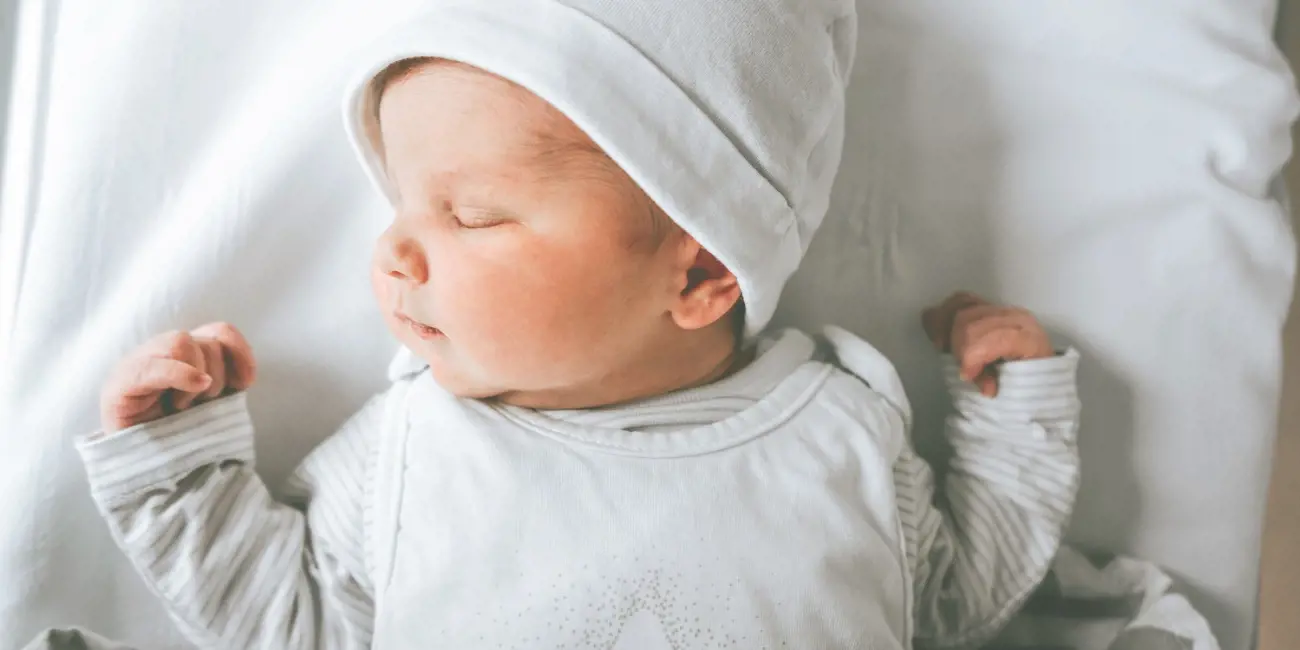For 40 years, SIDS And Kids have been working hard to prevent Sudden Infant Death Syndrome and save little lives. Now the charity is called Red Nose, and its safe sleeping practices have been adopted in childcare centres across the nation.
We look at what this means for mini-snoozers and their parents and bring you some enlightening new SIDS research too.
SIDS prevention
What are childcare centres doing to prevent SIDS?
Babies who sleep on their front are at a greater risk of sudden unexpected death in infancy, and this is why the Australian Children's Education and Care Quality Authority (ACECQA) has instructed childcare centres to ensure babies sleep on their backs – even if their parents disagree with the approach.
The only time a baby won't be sleeping on their back at a child care centre is if there's a medical reason that prevents it.
The move is part of changes to the National Law and Regulations, and it gets the tick of approval from Yvonne Amos of Red Nose, who told the Sydney Morning Herald, "This change will ensure consistency in childcare centres across the country so that every child will be slept according to Red Nose's safe sleeping guidelines, which have reduced the rate of sudden unexpected death in infancy in Australia by 80 per cent and saved 9,450 lives."
And with statistics like those, it's not just babies who can rest easy. Parents and carers will too.

Safe sleep and rest practices
What are the safe sleep and rest practices for babies and toddlers?
ACECQA has policies and procedures around safe sleep for children of all ages.
Here are the six practices that are specific to babies and toddlers sleeping at early childhood education and care services:
1. Babies should be placed on their backs to sleep. If they can repeatedly roll from back to tummy to back again unaided (at about five- or six months old), then they can be left to find their sleeping position. Younger babies who can’t do this must be put onto their backs if they roll over while sleeping.
2. If a medical condition means that a baby can't be placed on their back for sleep, a doctor needs to provide written instructions about what to do instead.
3. When a baby is put to sleep, educators should check that the bedding is tucked in securely and make sure their feet are at the bottom of the cot so they can't wriggle down under the linen and cover their faces.
4. When it comes to wrapping, a baby’s arms should be left free once the 'startle reflex' disappears (at around three months old). And when they can roll from their back to their tummy and onto their back again, they shouldn't be wrapped at all.
5. If a baby uses a dummy, it should be offered for all sleep times. However, if it falls out of their mouth mid-snooze, then educators shouldn’t put it back in. Dummies should be phased out by the time Bub turns one.
6. And last up, toddlers shouldn't be moved out of their cot too early – or too late. The cue for a 'big bed' is when a toddler tries to climb out of their cot and looks like they might succeed.
Scientifically speaking
What is the latest science behind SIDS?
Thankfully, the rate of SIDS has been dropping, and Red Nose aims to reduce nine deaths a day to zero.
To help this happen, researchers are working hard to find the cause of SIDS, and a 2017 study points toward brain chemistry as a contributing factor.
Researchers from the University of Adelaide, Harvard Medical School, and Boston Children's Hospital have found an abnormality in a chemical called 'substance P' which affects how the brain controls head and neck movement, breathing, heartbeat, and the body's response to oxygen being cut off.
Australian researcher Professor Roger Byard says, "If a child has this underlying vulnerability in its brain chemistry, and its breathing becomes compromised by sleeping on its front, that child is at greater risk of death because its body simply can't respond in the normal way. The baby can't lift its head, and its breathing and heartbeat will be compromised."
Premature babies and boy babies are also more at risk of SIDS, and after studying 55 SIDS cases, researchers found that the substance P abnormality was significantly influenced by maleness and prematurity.
It's exciting to see a finding like this and let's hope that with the combined efforts of scientists, Red Nose, parents, and childcare services, the goal of zero deaths a day becomes a reality.



































